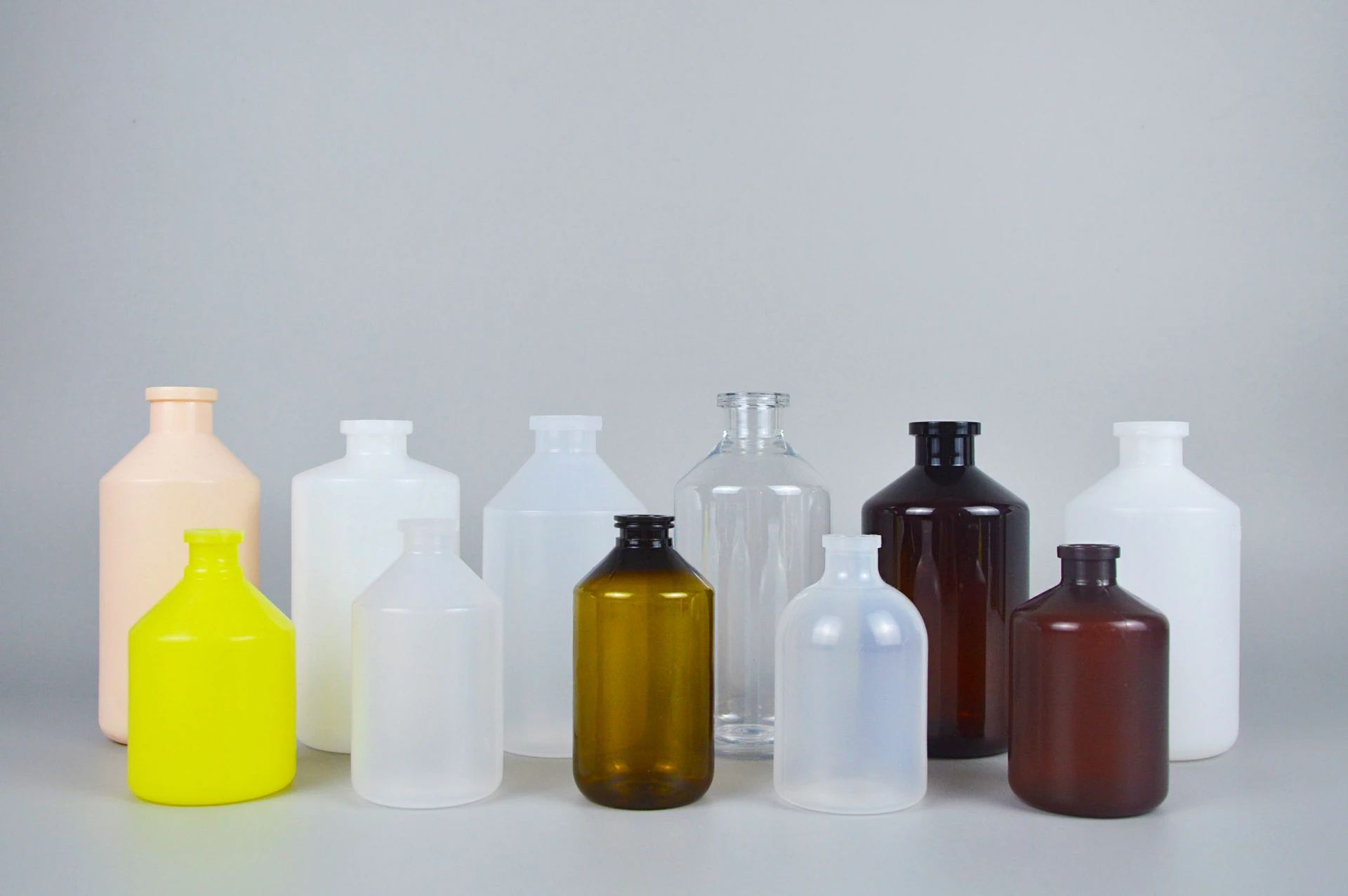Common Uses of Test Tubes in Chemistry Laboratories and Experiments
What Are Test Tubes Used For in Chemistry?
Test tubes are among the most recognizable pieces of laboratory equipment, often associated with chemistry and scientific experimentation. Made typically from glass or transparent plastic, test tubes are cylindrical containers that are open at the top and closed at the bottom. Their primary function lies in facilitating a range of experiments and reactions in a controlled environment, making them indispensable tools in both academic and industrial laboratories.
One of the most common uses of test tubes in chemistry is for mixing and holding small quantities of liquids and powders. They allow chemists to combine reagents and conduct reactions without the need for larger and more cumbersome apparatus. Mixing substances in a test tube allows for controlled environment conditions, ensuring that reactions can be closely monitored. The small volume of substances contained within test tubes makes them particularly suited for experiments that require precision and minimal use of reagents, thus reducing waste and cost.
What Are Test Tubes Used For in Chemistry?
Another important application for test tubes is in qualitative analysis. Chemists can use them to isolate and identify substances through physical and chemical testing. For instance, using reagents and various tests, one can determine the presence of specific ions or compounds in a solution. The clear material of the test tube allows for easy observation of color changes and other visual indicators that are crucial for these analyses.
what are test tubes used for in chemistry

In addition to laboratory experiments, test tubes play a crucial role in biological and medical applications. They are frequently used in microbiology for culturing cells and bacteria. The contained environment helps to promote growth and allows for controlled conditions, which are essential for studying microbial behaviors and characteristics. Moreover, in medical labs, test tubes are vital for sample collection and storage, as well as for conducting various analytical tests on blood, urine, and other bodily fluids.
Furthermore, test tubes are used in educational settings to demonstrate chemical principles and reactions safely. They provide a tactile learning experience for students, allowing them to engage directly in laboratory work. By conducting experiments in test tubes, students can visualize chemical reactions and better understand theoretical concepts, fostering an interest in the sciences.
Safety is another critical aspect of using test tubes. They reduce the risk associated with handling larger quantities of dangerous or reactive substances. By confining chemicals in a small container, the risk of spills, splashes, or hazardous reactions can be minimized. Additionally, test tubes often come with caps or stoppers that can be used to seal contents, preventing evaporation or contamination.
In conclusion, test tubes serve multiple purposes in the field of chemistry. Their versatility in mixing, heating, and storing chemicals, combined with their role in both analytical and educational settings, make them essential tools for chemists and students alike. As a fundamental component of laboratory work, test tubes continue to support advancements in science and technology, proving that even the simplest tools can have a profound impact on our understanding of the natural world.
-
Aesthetic Makeup Spray Bottles | Fine Mist Empty RefillableNewsAug.19,2025
-
White Plastic Veterinary Vaccine Vials | Lab Liquid BottlesNewsAug.18,2025
-
Plastic Medicine Liquid Bottle: Secure Flip Top Drug VialsNewsAug.17,2025
-
Durable 250ml Blue Plastic Vaccine Vial for Lab & Vet UseNewsAug.16,2025
-
Sterile Virus Sample Tubes: Secure & Reliable Specimen CollectionNewsAug.15,2025
-
White 250ml Plastic Vaccine Vial for Lab & Vet MedicineNewsAug.14,2025
























